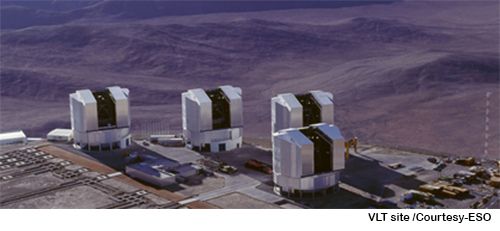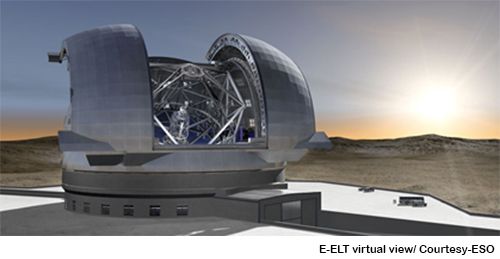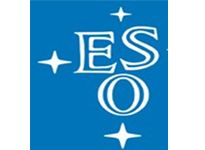ESO
Courtesy ESO
General Description
ESO (European Southern Observatory) is the pre-eminent intergovernmental organization in astronomy operating a number of the world's most powerful ground-based telescopes. The organisation employs around 680 staff members at its Garching, Munich headquarters and at sites in Chile. ESO is the world's most productive astronomical observatory. Scientific activity covers all topics of modern astronomy and is mostly the work of guest astrophysicists from the ESO member states. Because of the excellence of Swiss astronomy institutes, Swiss astronomers provide a very valuable contribution to ESO, among them the development of instruments for the discovery of exoplanets. ESO generates a large number of high-tech industry contracts. Some of the contracts relate to new optomechanical and optoelectronic systems for steering heavy equipment with extremely high accuracy. Others are for hardware and software for the operation of complex telescope instruments, mathematically advanced image analysis, and optimal retrieval, archiving and processing of extremely large amounts of data.
Locations
ESO owns four locations at high altitude in Northern Chile: La Silla, Paranal, Chajnantor and Cerro Armazones.

La Silla
La Silla (2’400m) is the original ESO site in Chile. It hosts 6 telescopes, among them the Swiss telescope Leonhard Euler (1.2m mirror).

Paranal

Chajnantor

Cerro Armazones
Founding year: 1962
Members (16): Austria, Belgium, Czech Republic, Denmark, Finland, France, Germany, Ireland, Italy, Netherlands, Poland, Portugal, Spain, Sweden, Switzerland, UK, Brasil (candidate)
Budget ESO 2021 : ~180 M€
Swiss financial contribution : ~4.9 %
Swiss involved research institutes : Uni BE, GE, LS, ZH, ETHZ
Procurement policy: Companies must be registered in the ESO global supplier data base. A quotation against a contract can only be made if the company is invited to do so by ESO. Contracts are awarded to the lowest priced technically and managerially compliant tender or, if specified, since 2019, according to a BVFM (Best Value for Money) evaluation procedure. For a multi-partner offer the ESO member state contribution must not be lower than 70% of the total contractual value.
Tenders below 150k€: ESO can choose to send requests for quotation to a limited supplier group, which means that only companies from some designated countries will be offered to bid. SMEs can explore the possibility of getting these smaller contracts that do not come out to public tender. This is ensured by close dialogue with the ILOs and/or ESO responsible.
- Tenders above 150K€: Tenders above 150k€ are published on the ESO procurement webpage. ESO uses a 3-step process.
- Request for Interest. ILOs are requested to suggest suitable national suppliers for the procurement. The reaction period for the ILOs is three weeks.
- Preliminary Inquiry. Pre-selection based on technical and financial information. The Preliminary Inquiry is open for 3 weeks.
Call for Tender. The response time after the Call for Tender is a minimum of 6 weeks.
Finance Committee must approve contracts exceeding 500 k€ and single-source procurements exceeding 250 k€.
ESO does not apply geo-return rules. Nevertheless a fair distribution of the contracts among ESO Member States is acknowledged. Yearly statistics on geographical return are available.
It is ESO's policy to require that at least 70% of the contract value is allocated to companies based in ESO member states and Chile.
